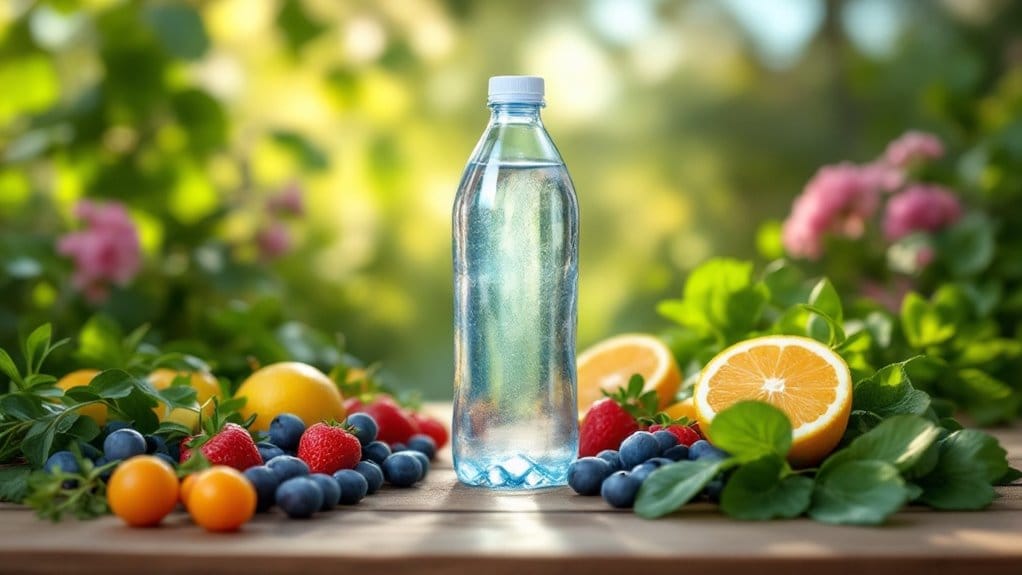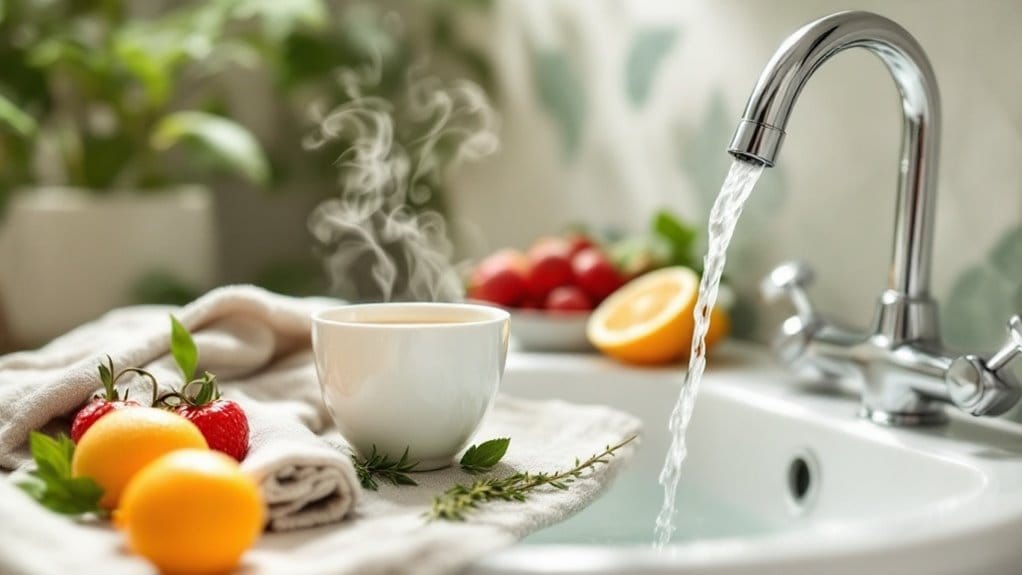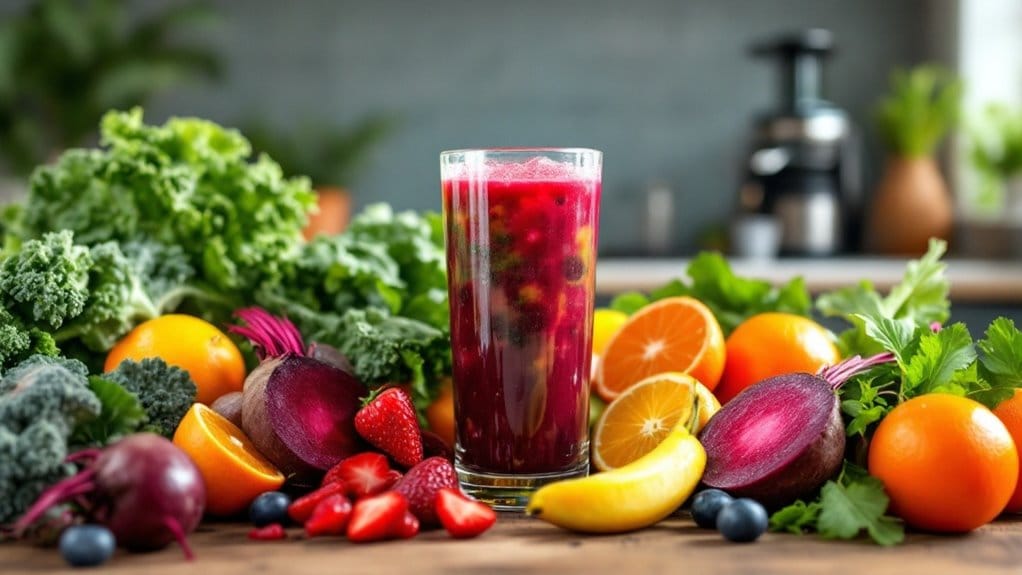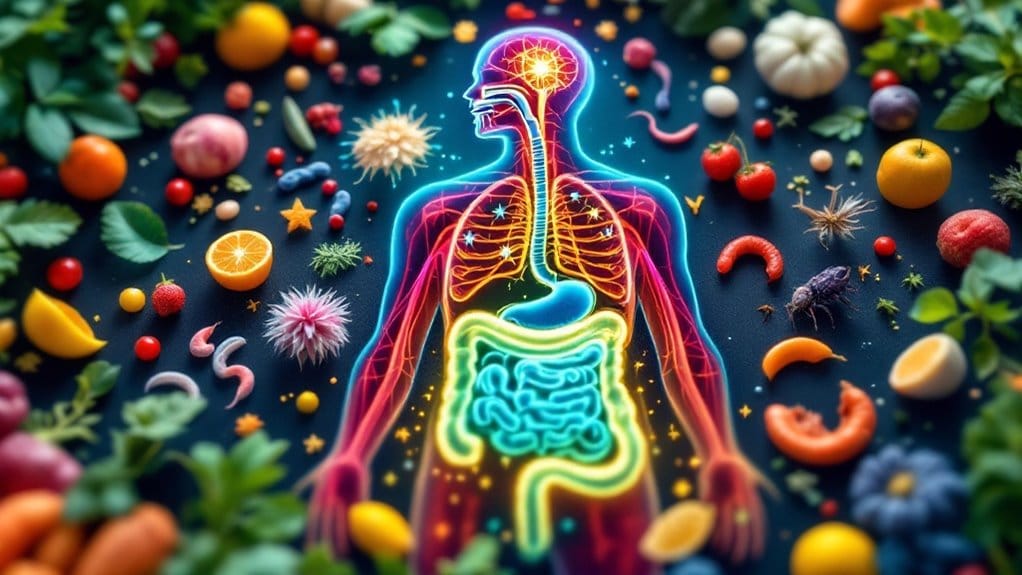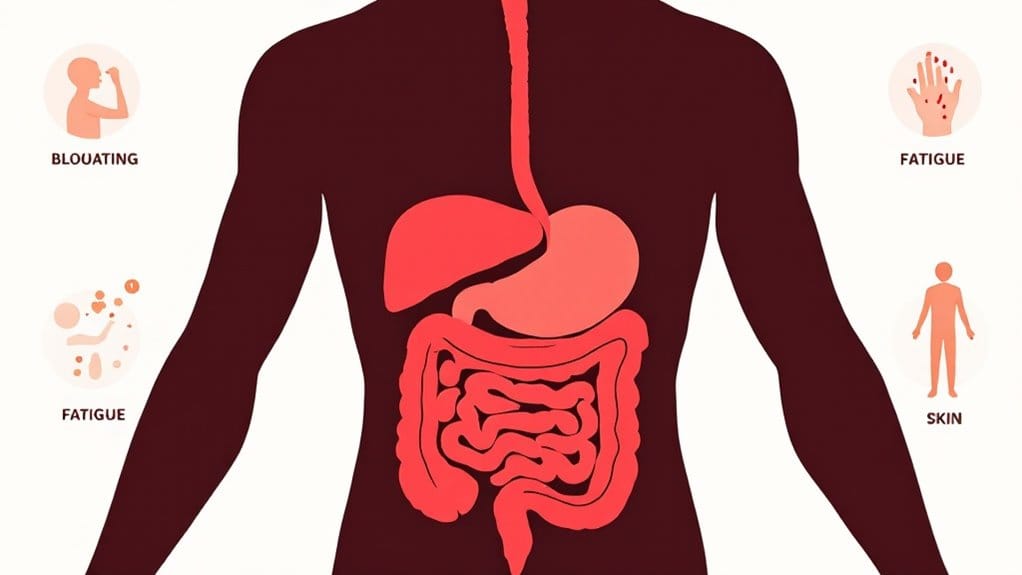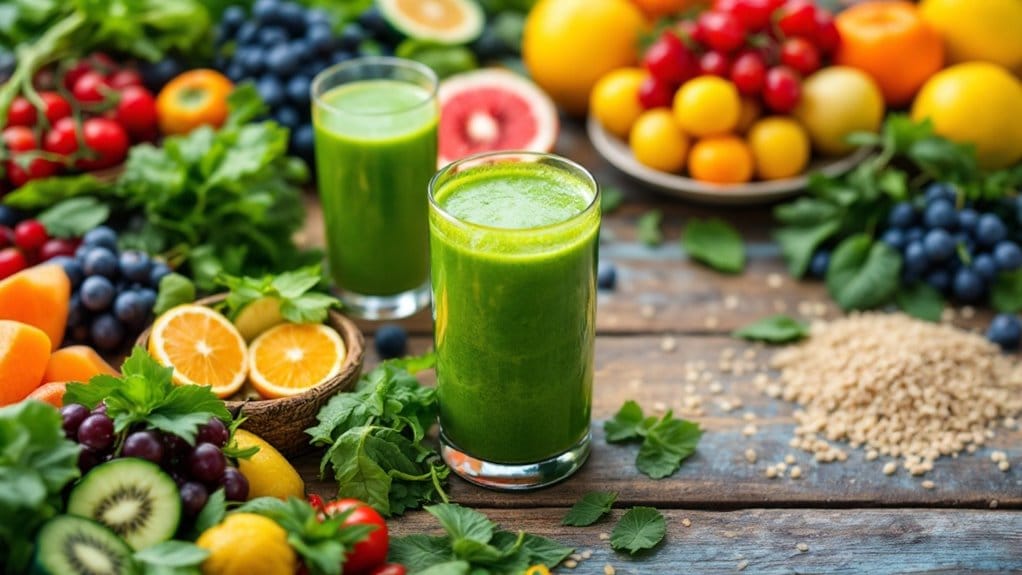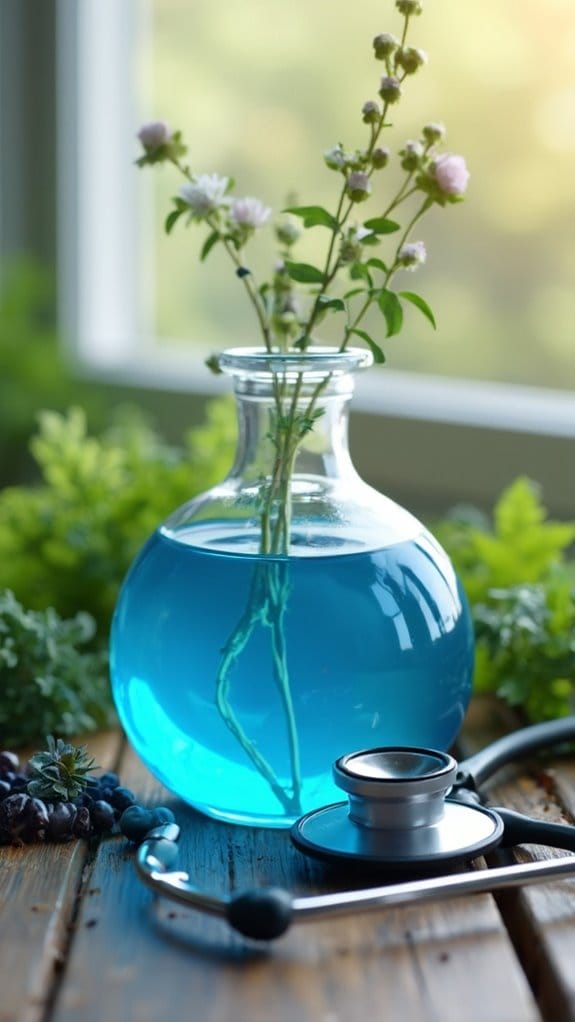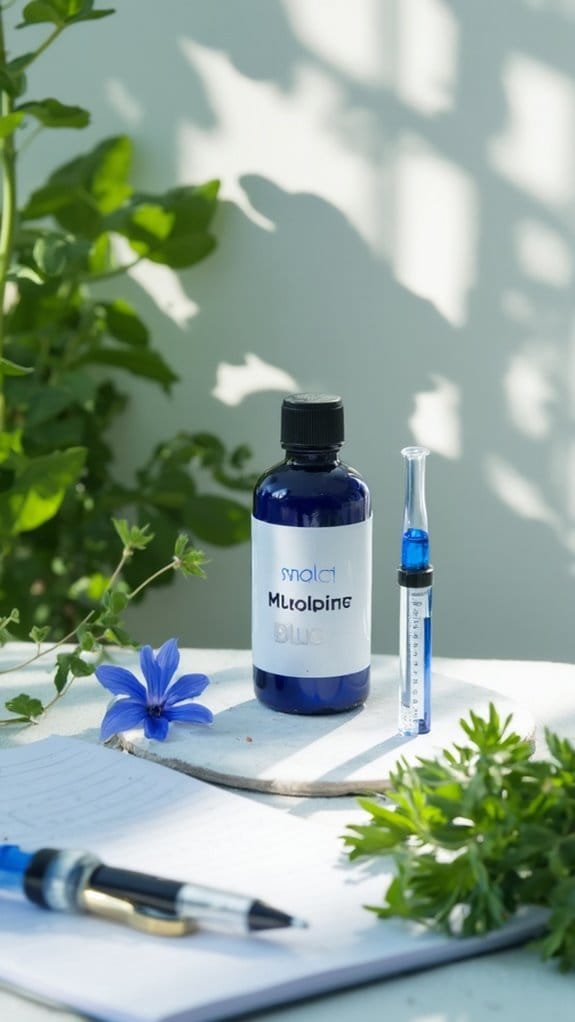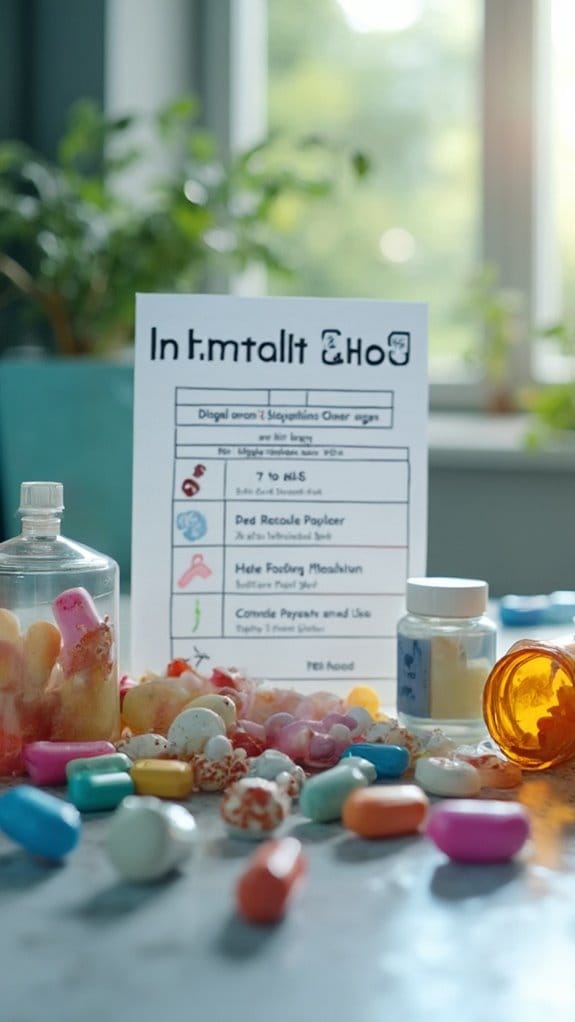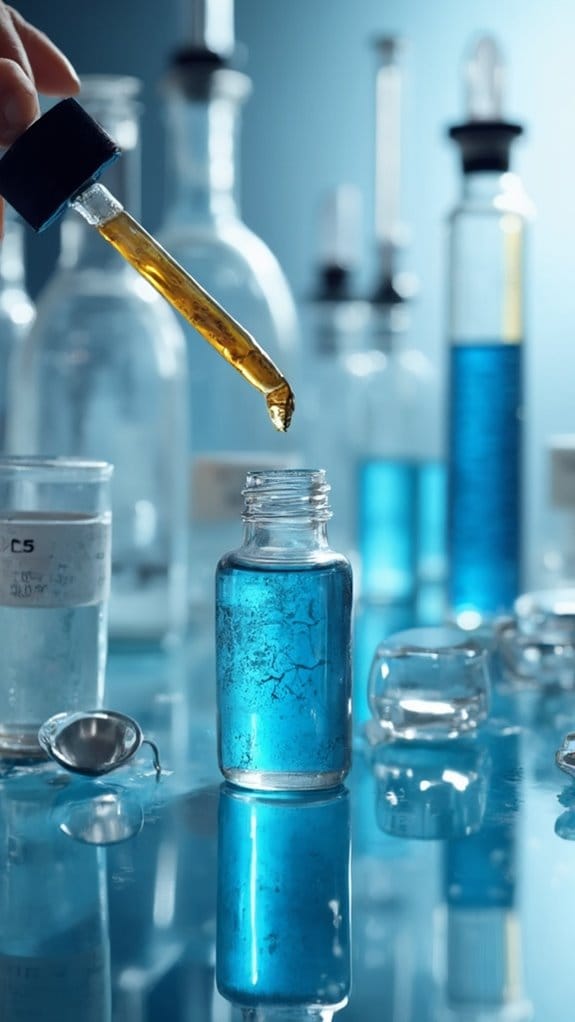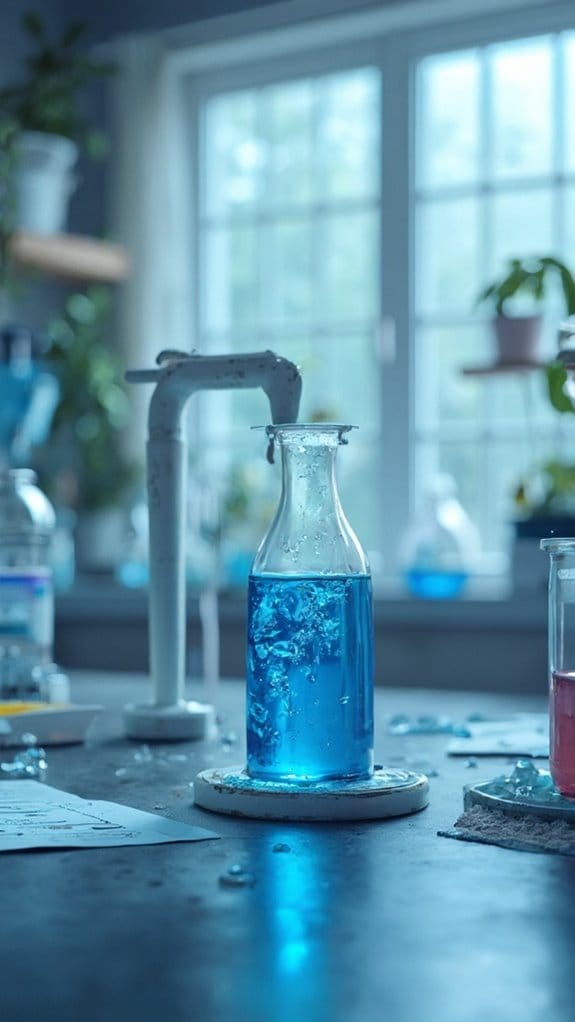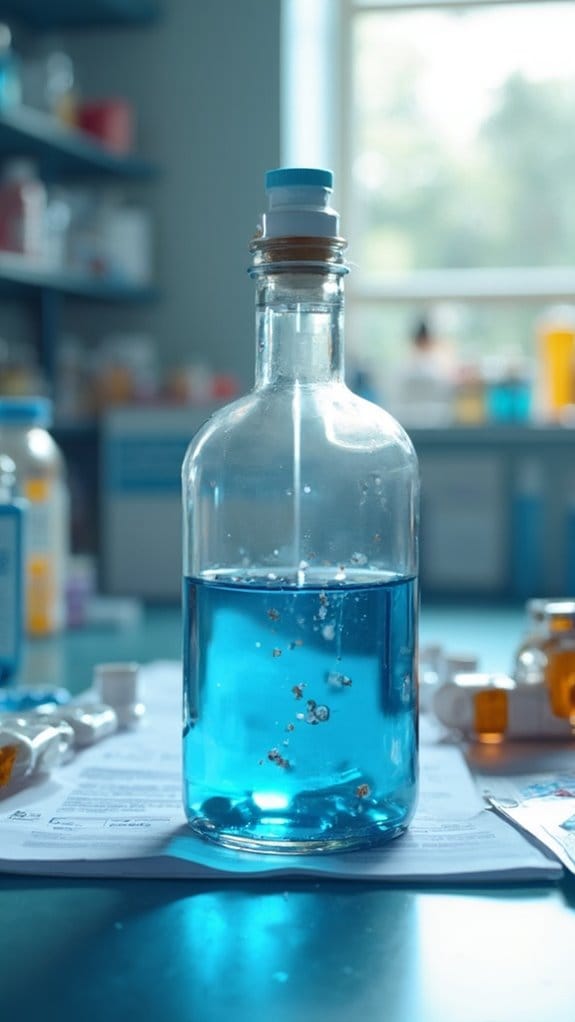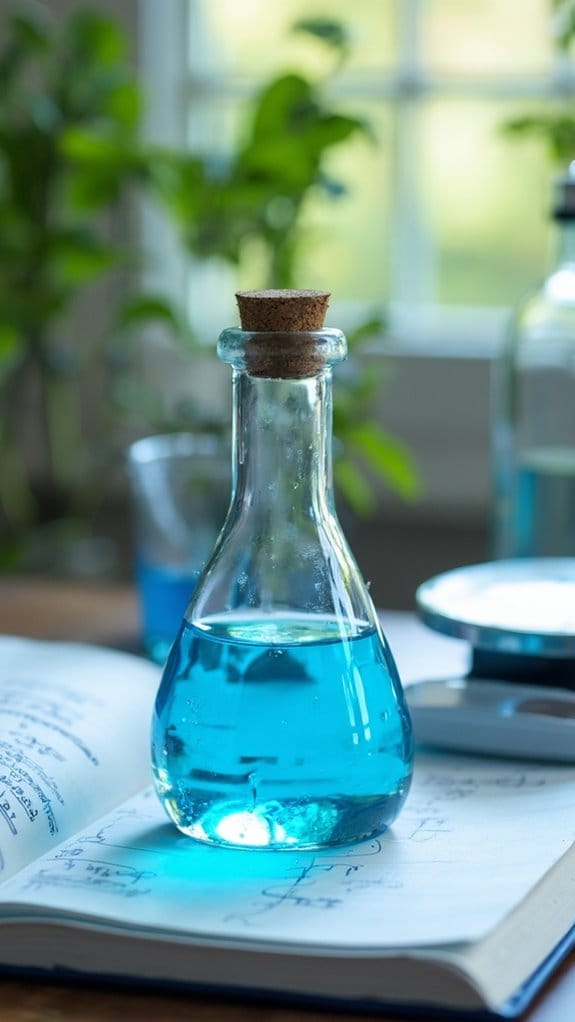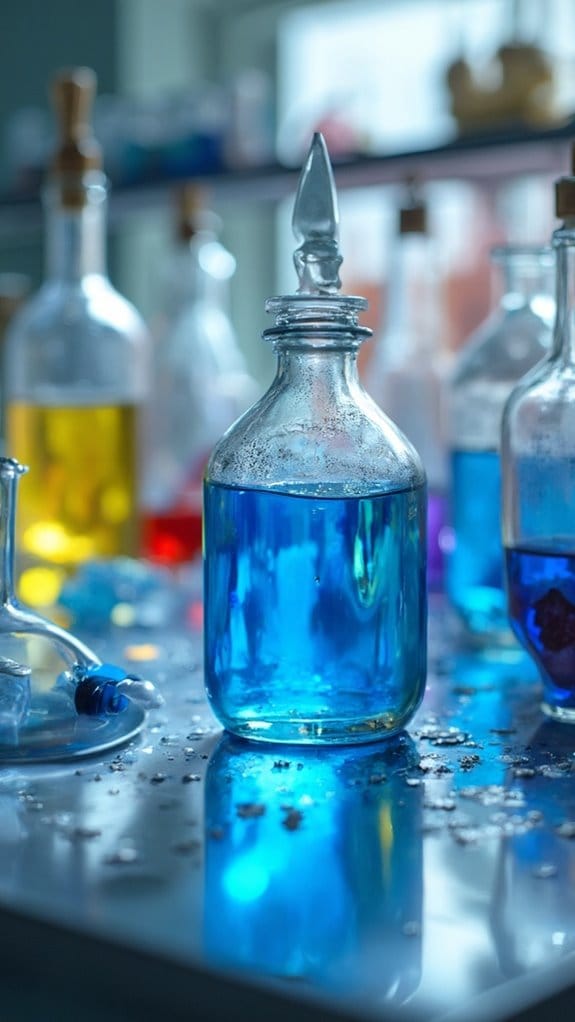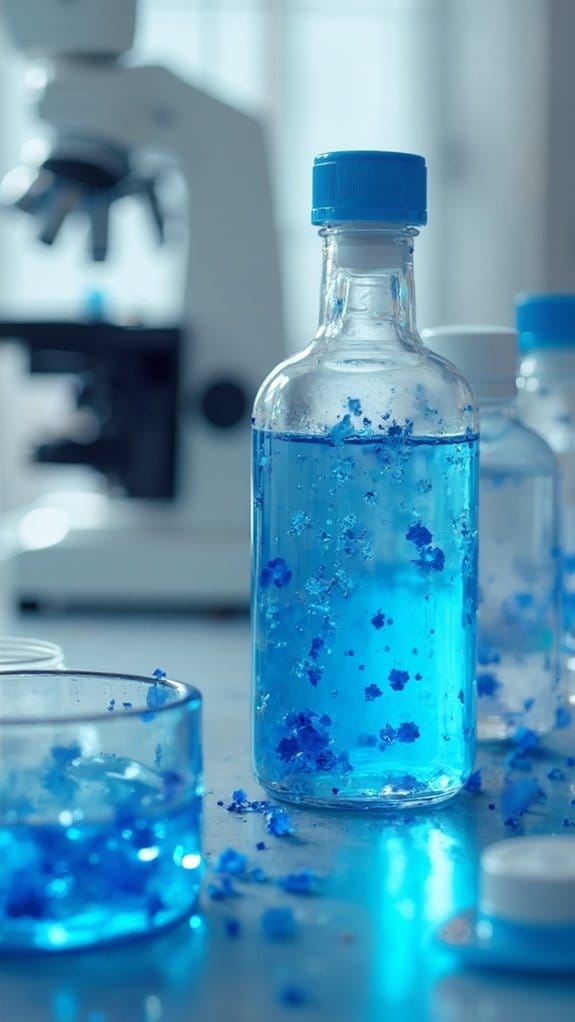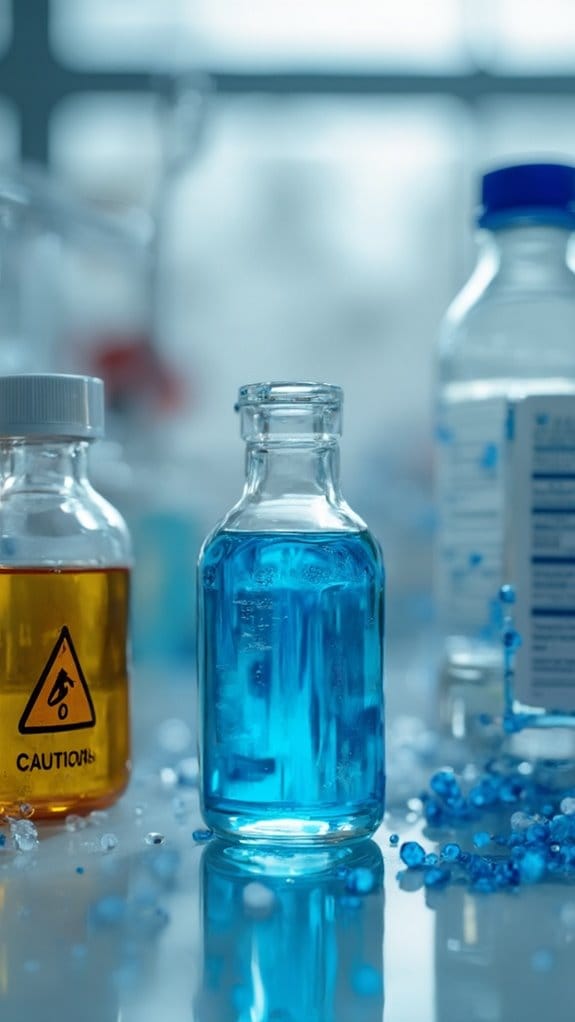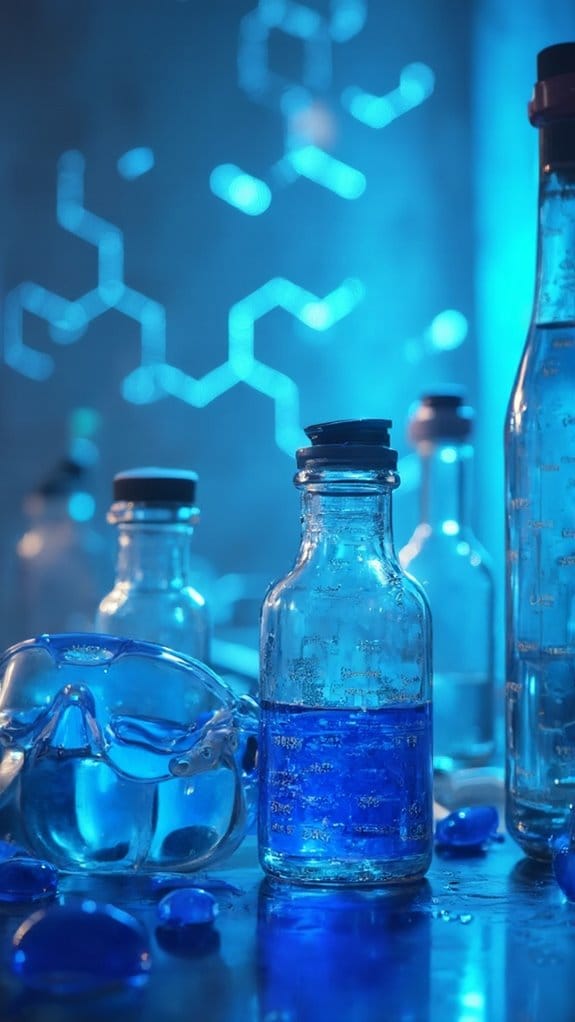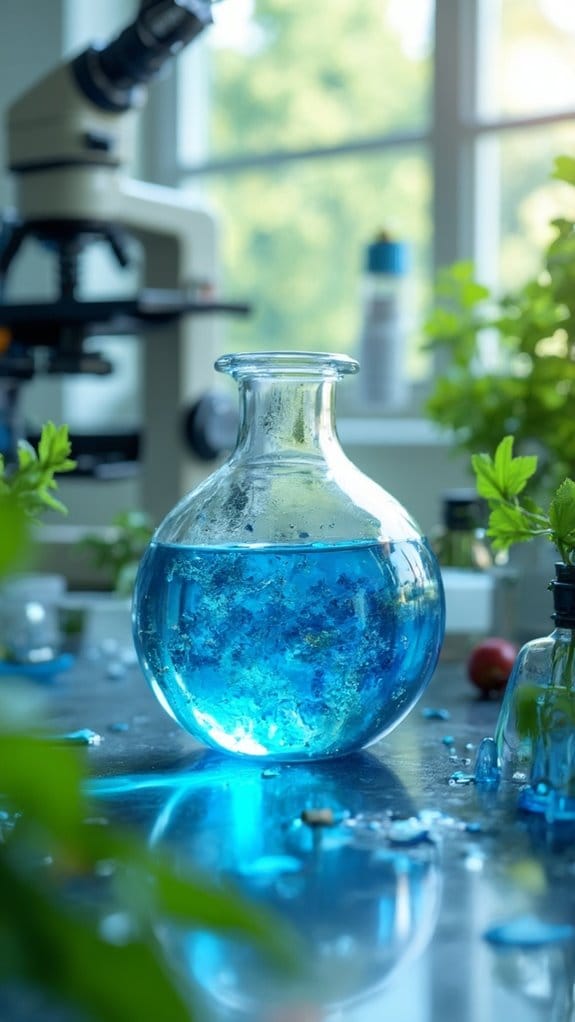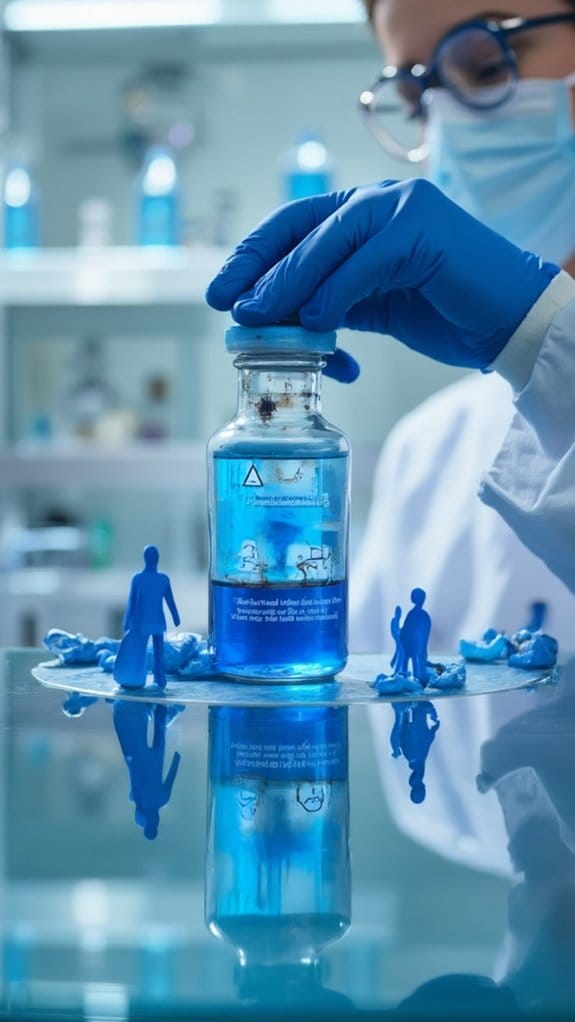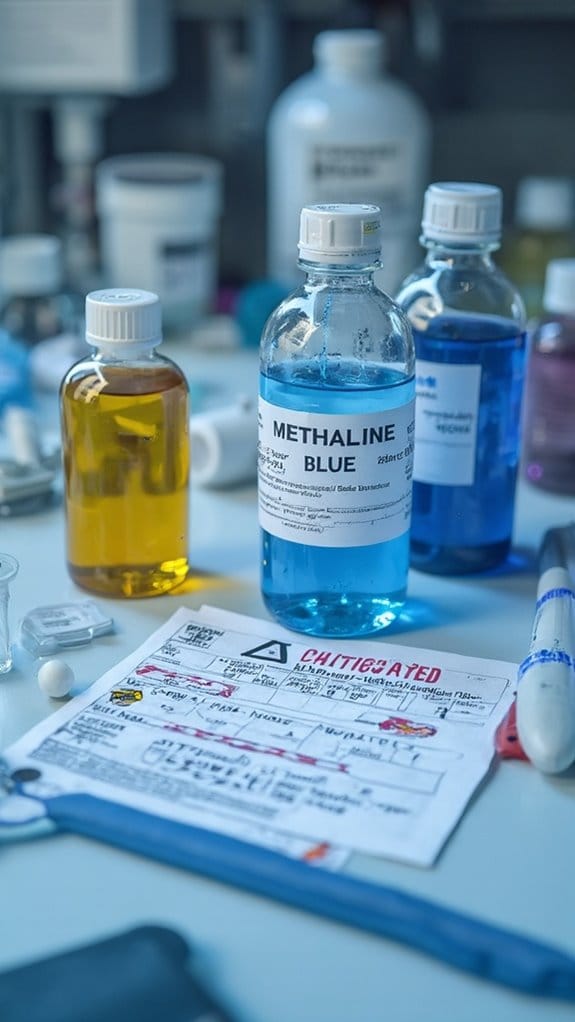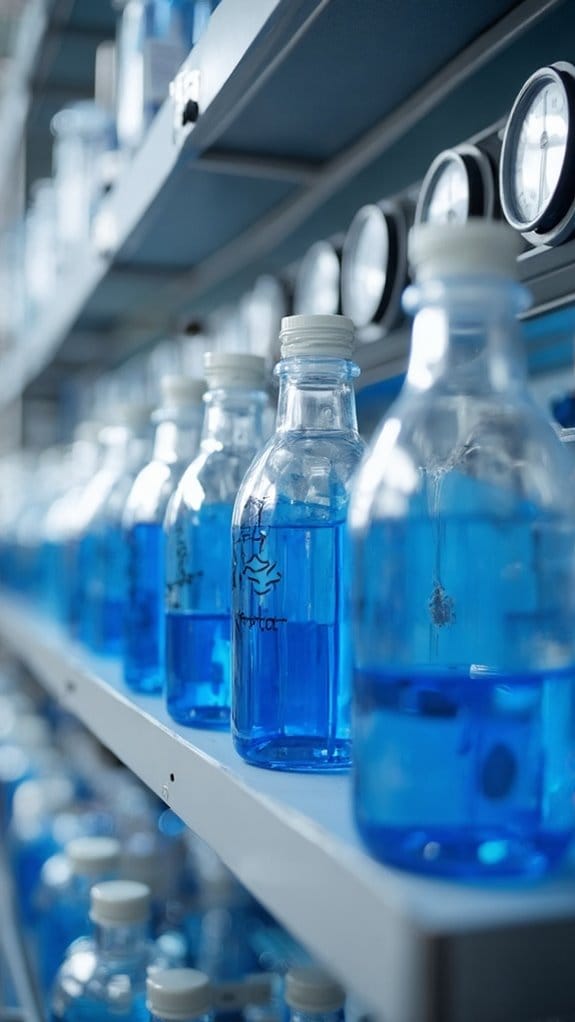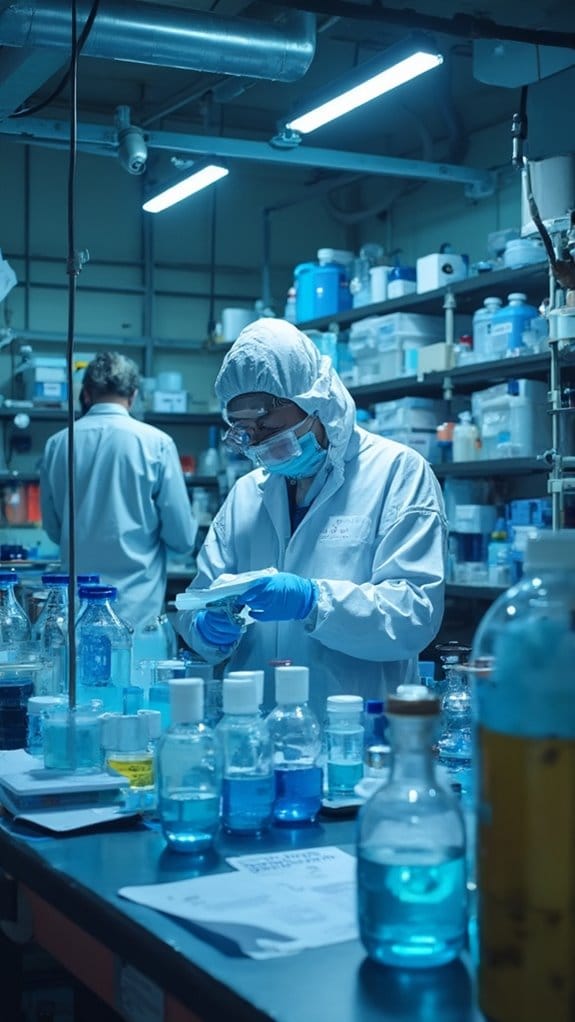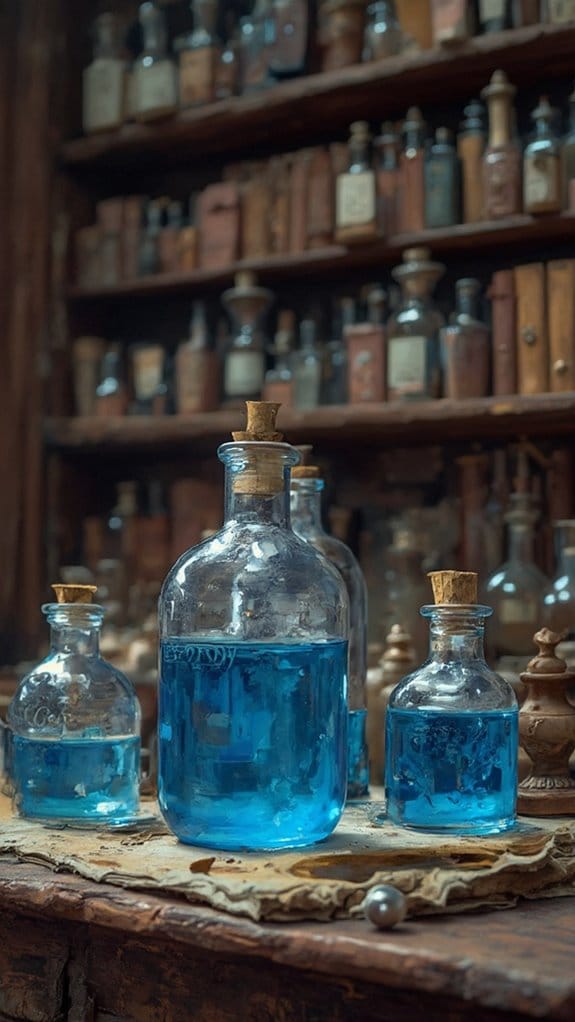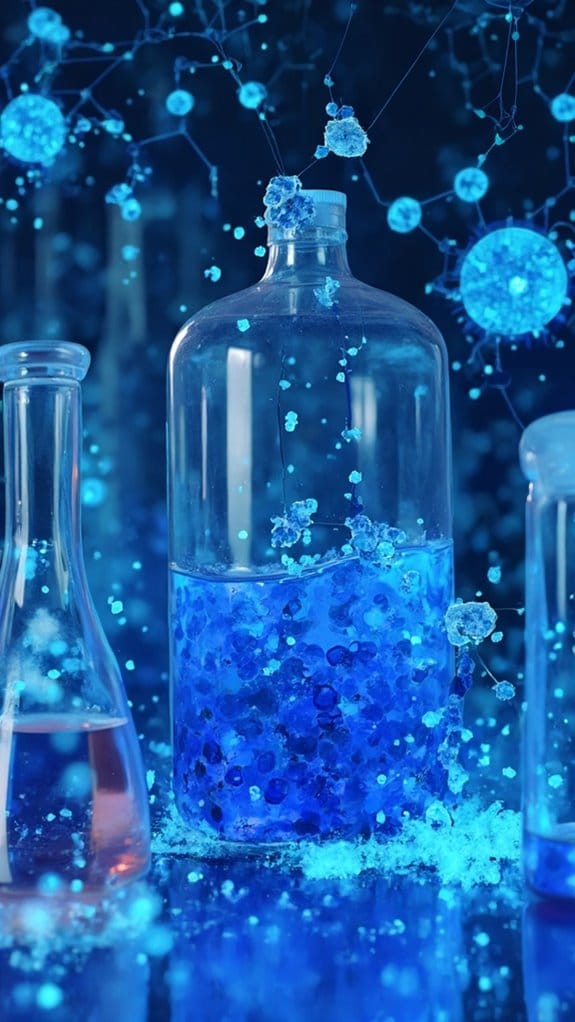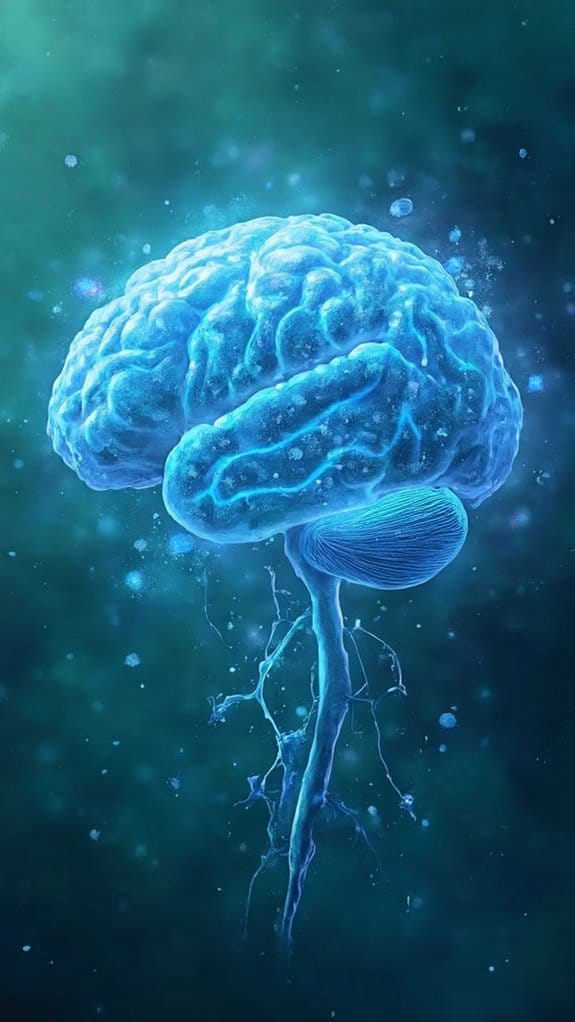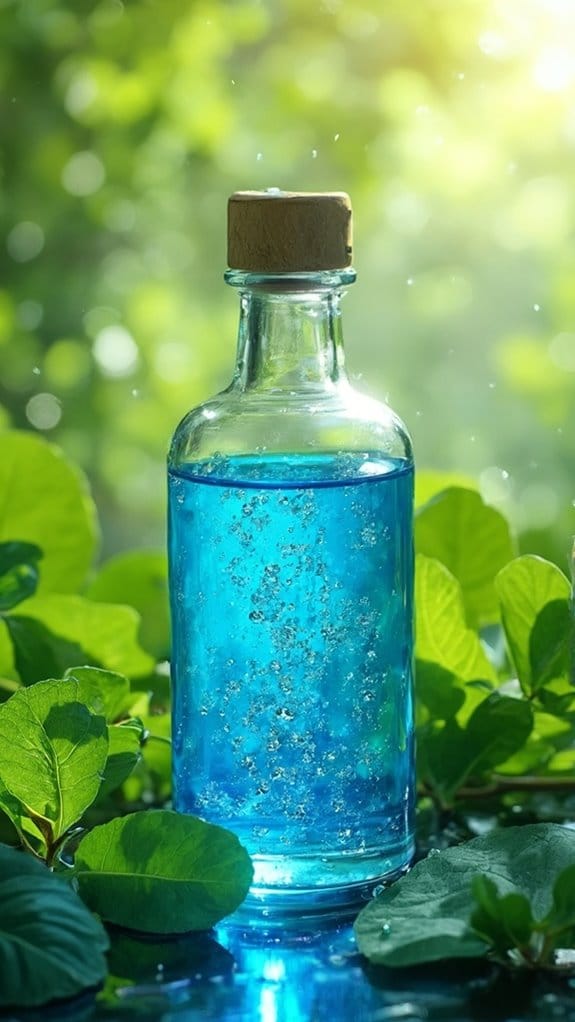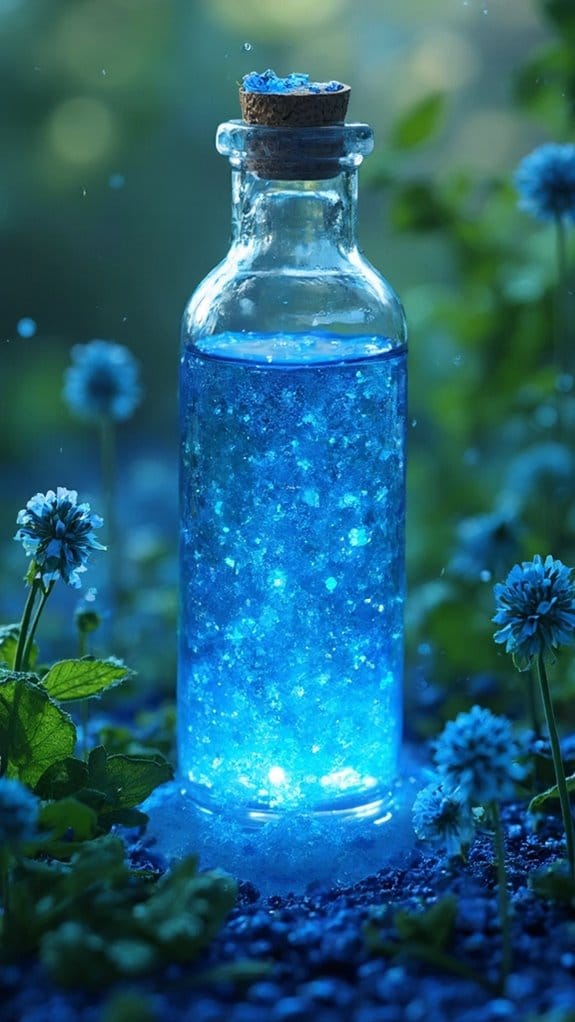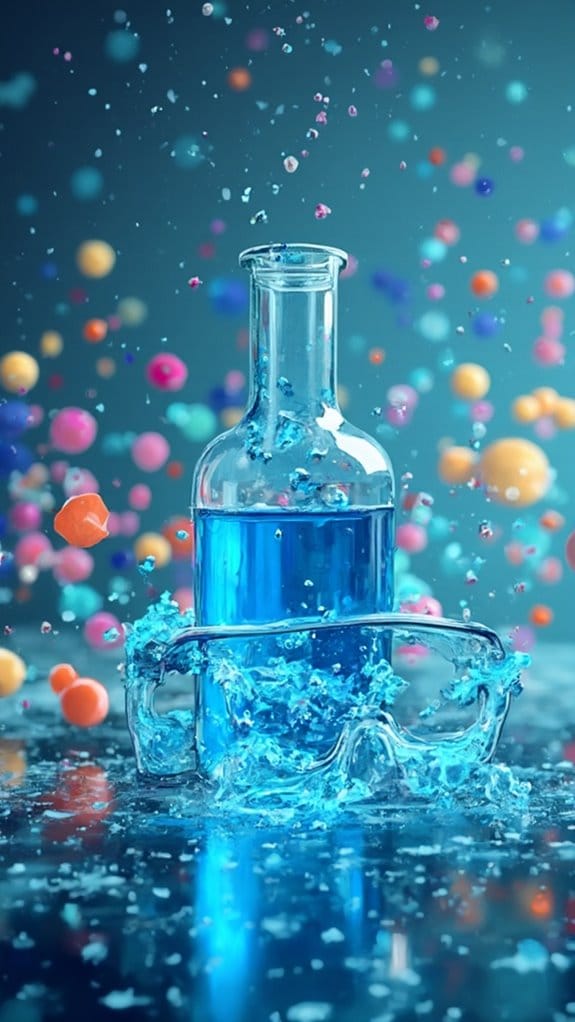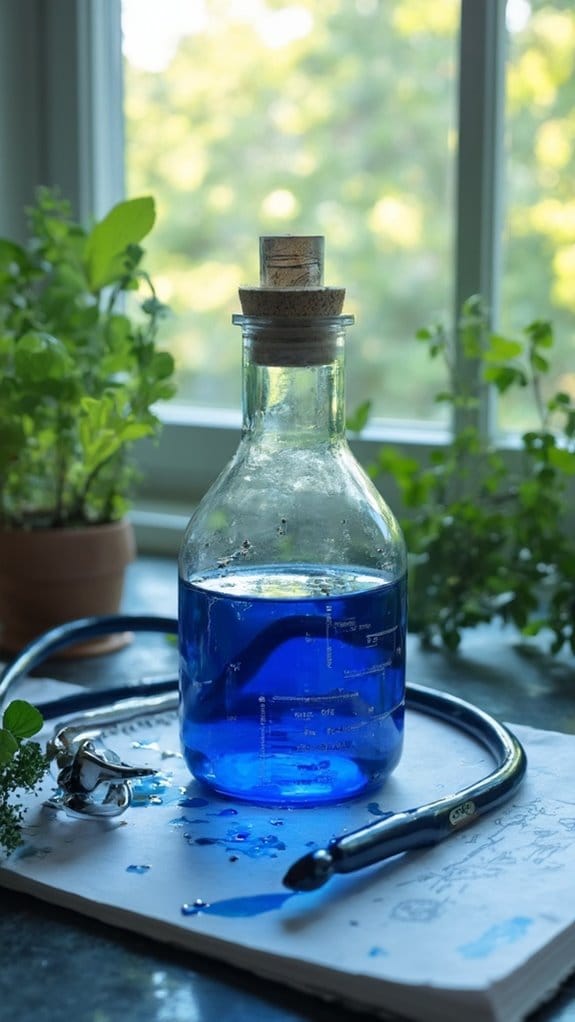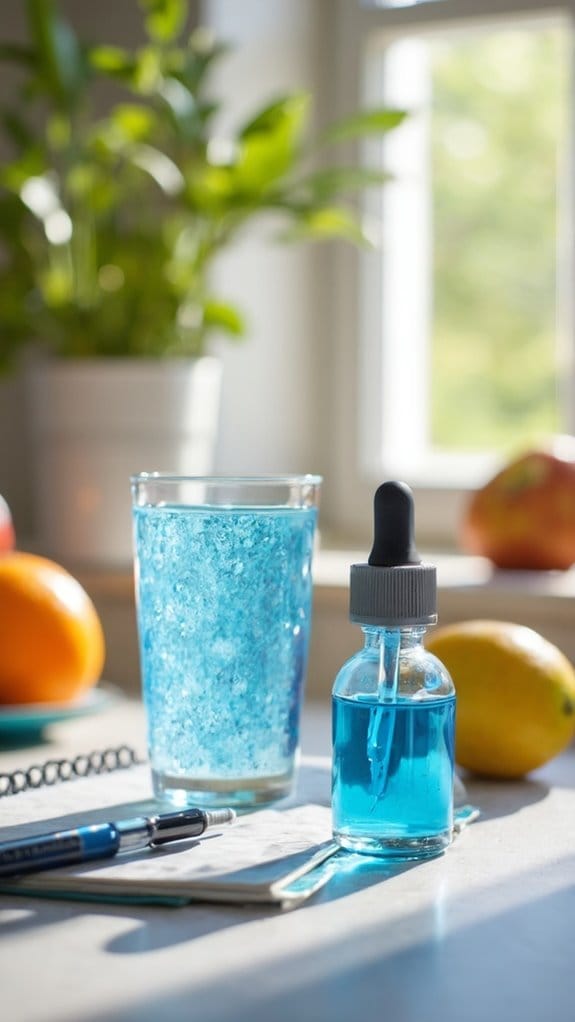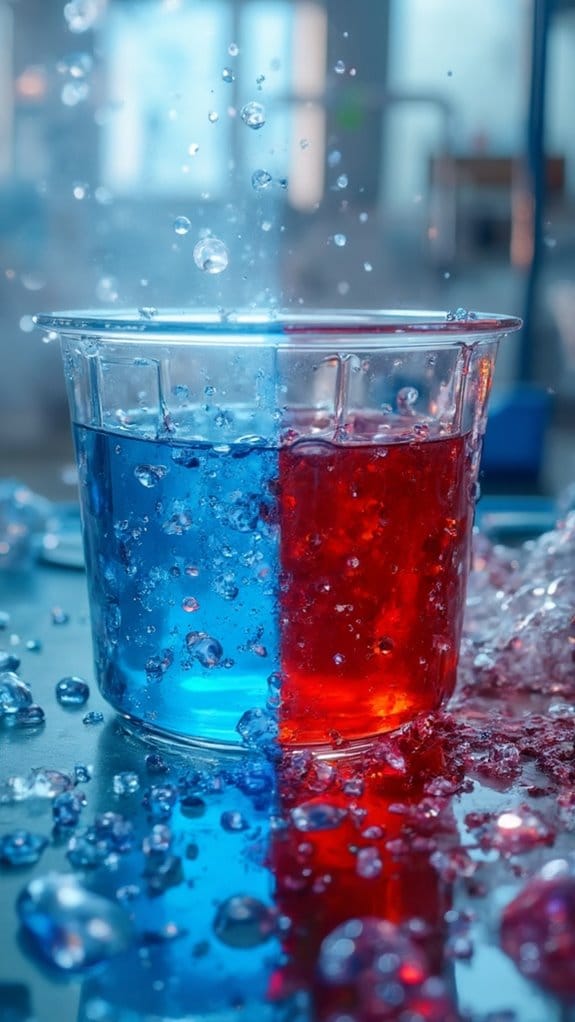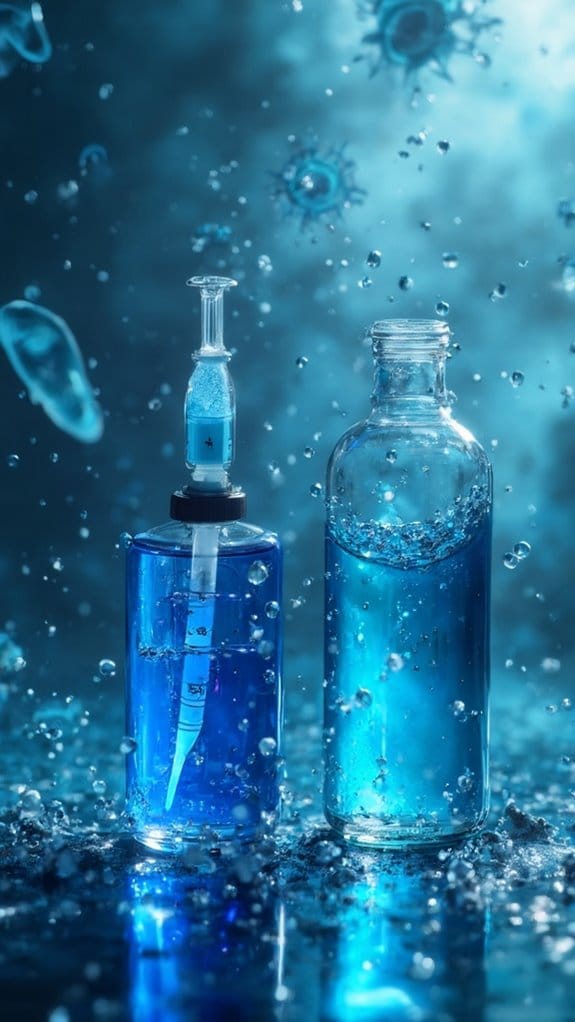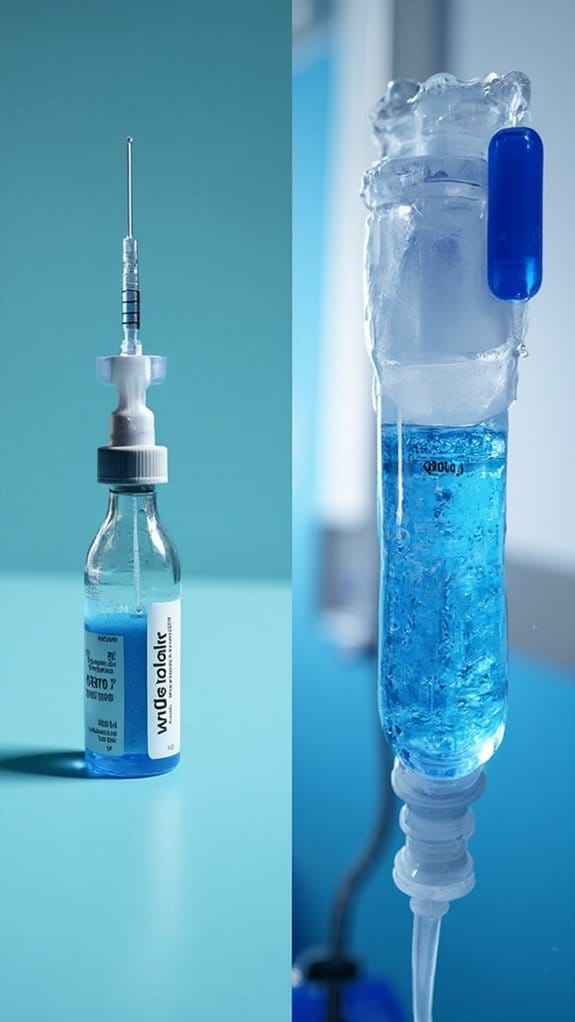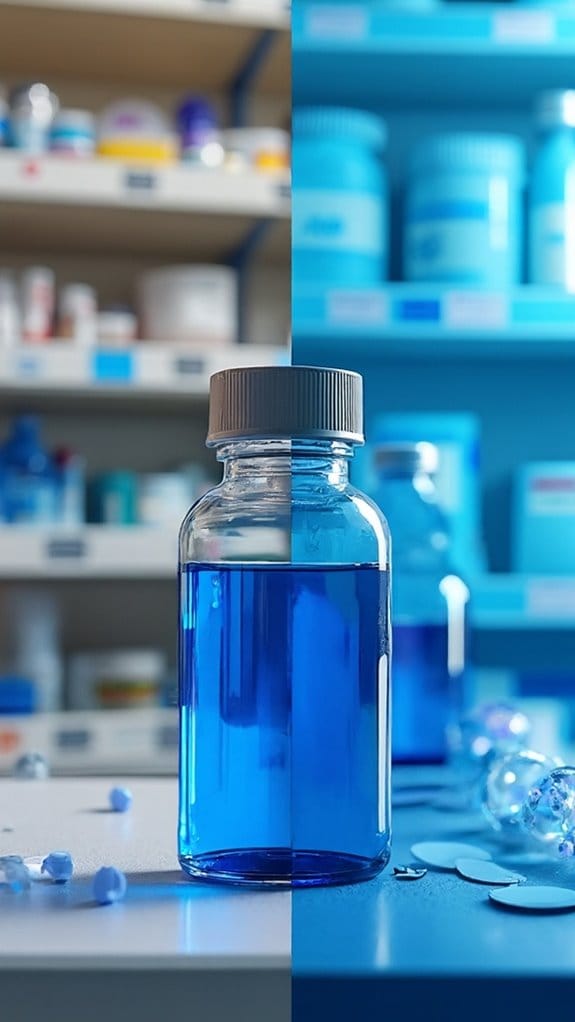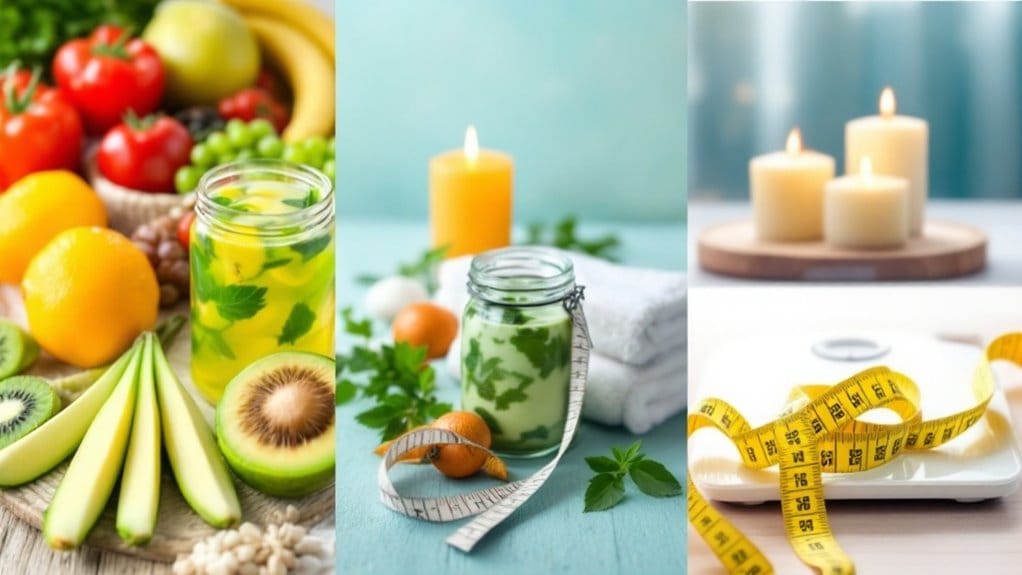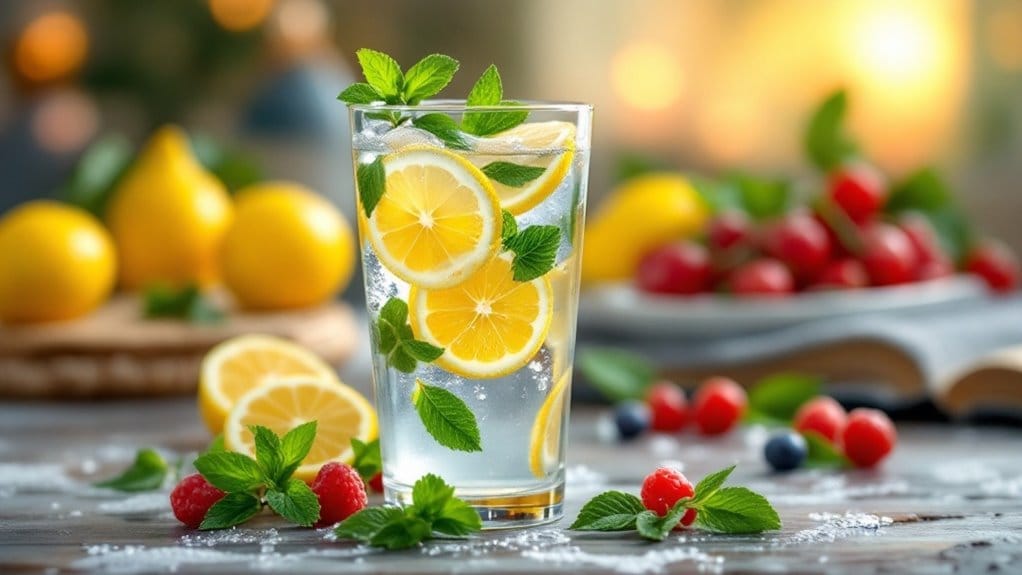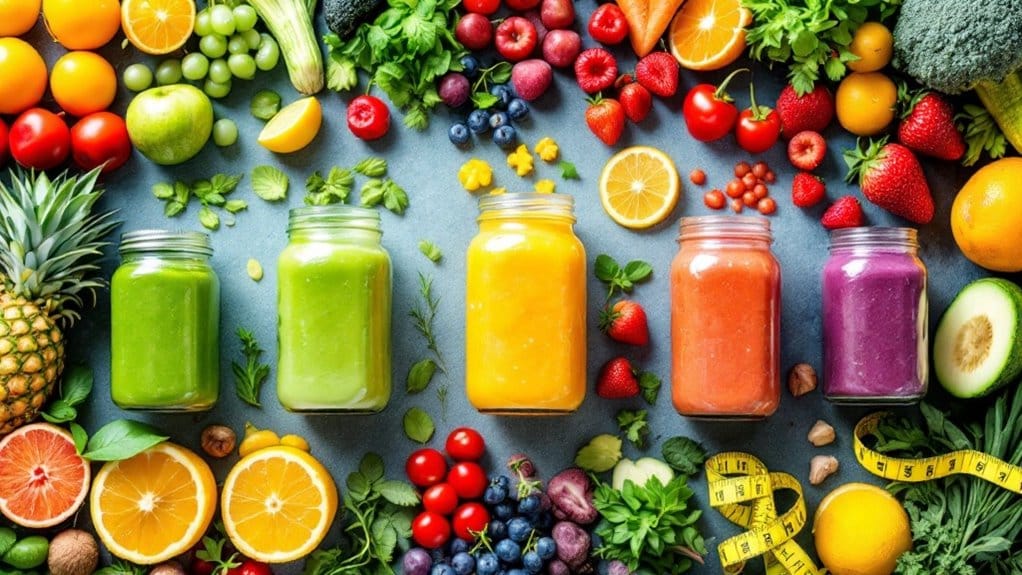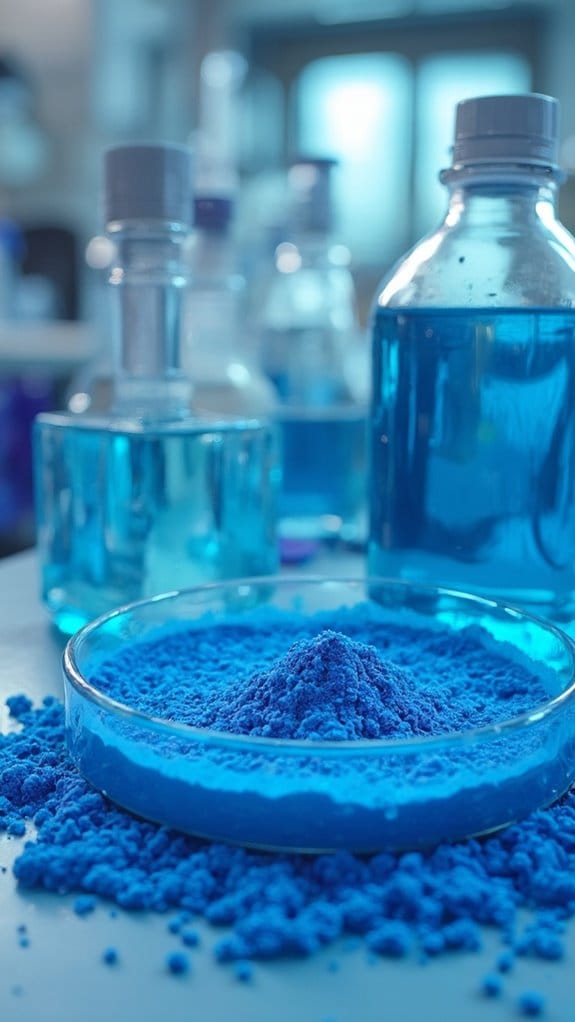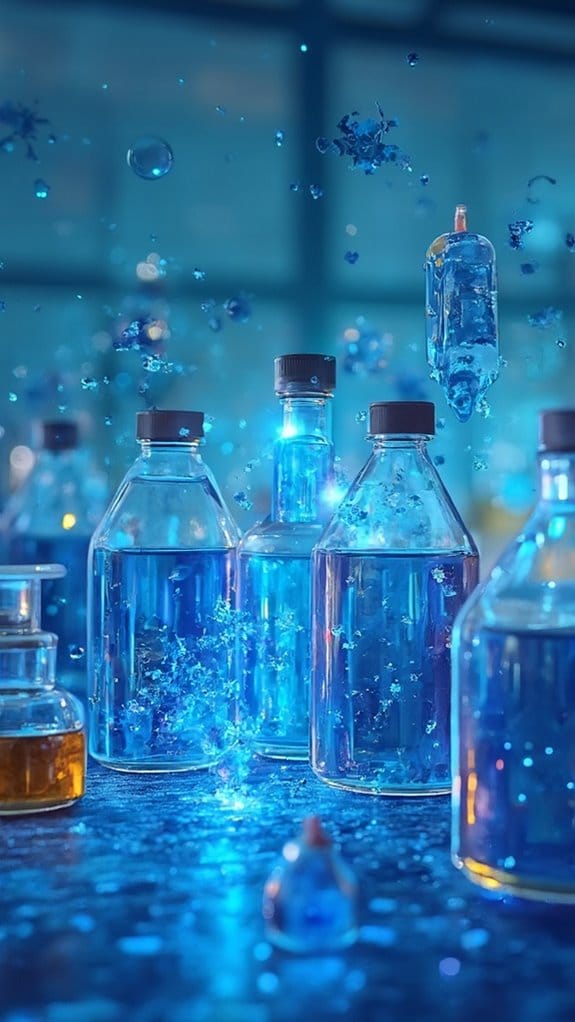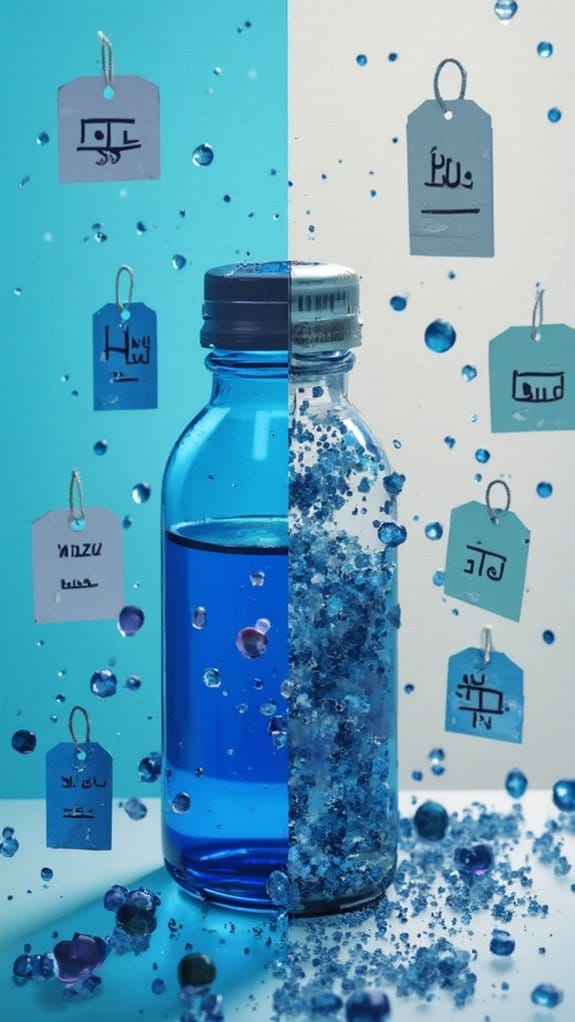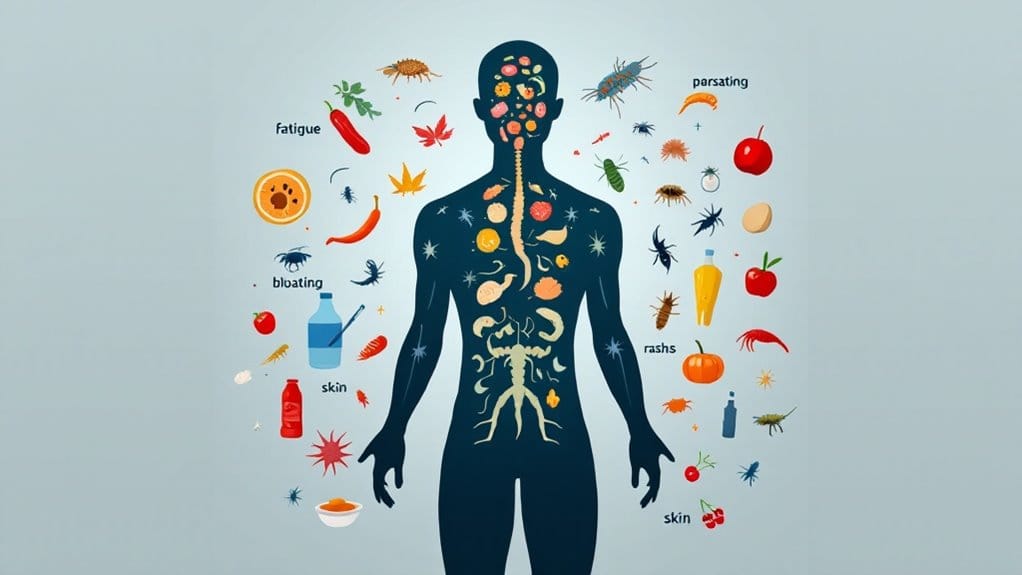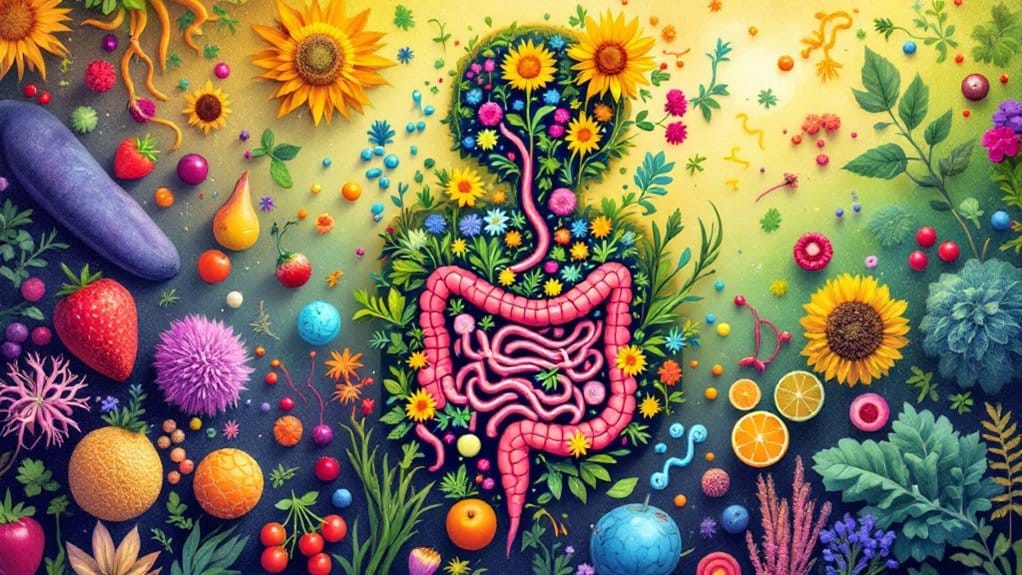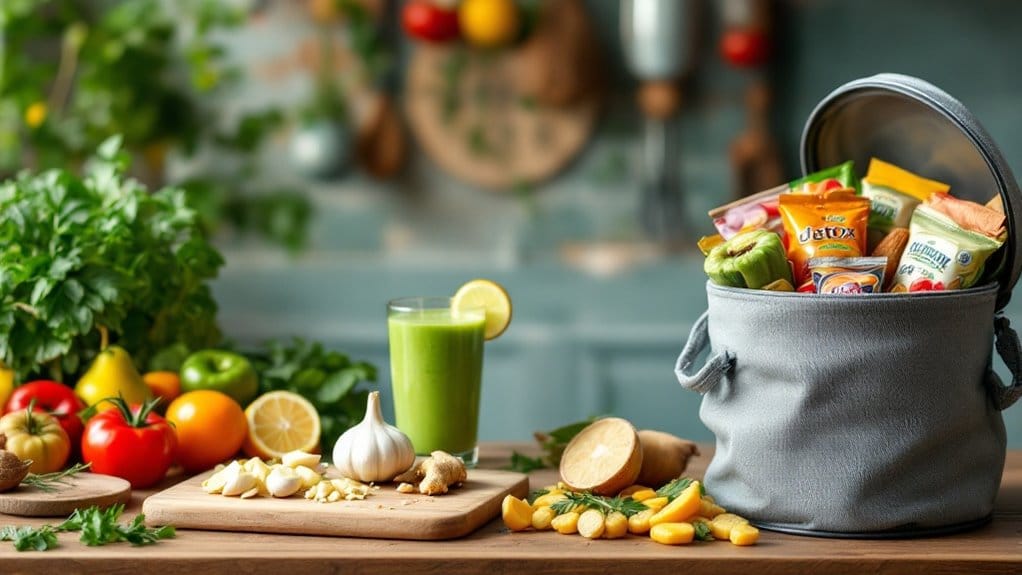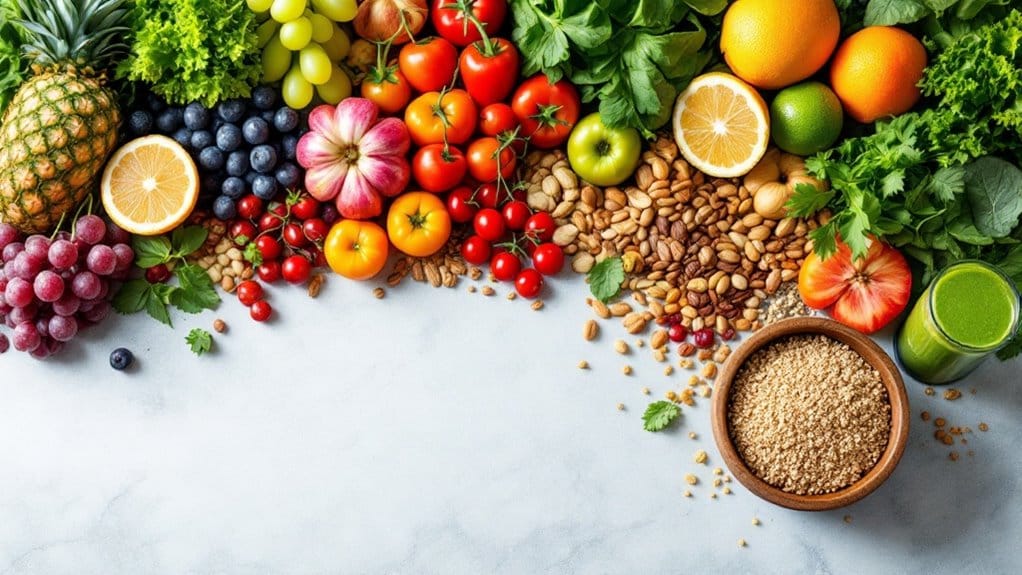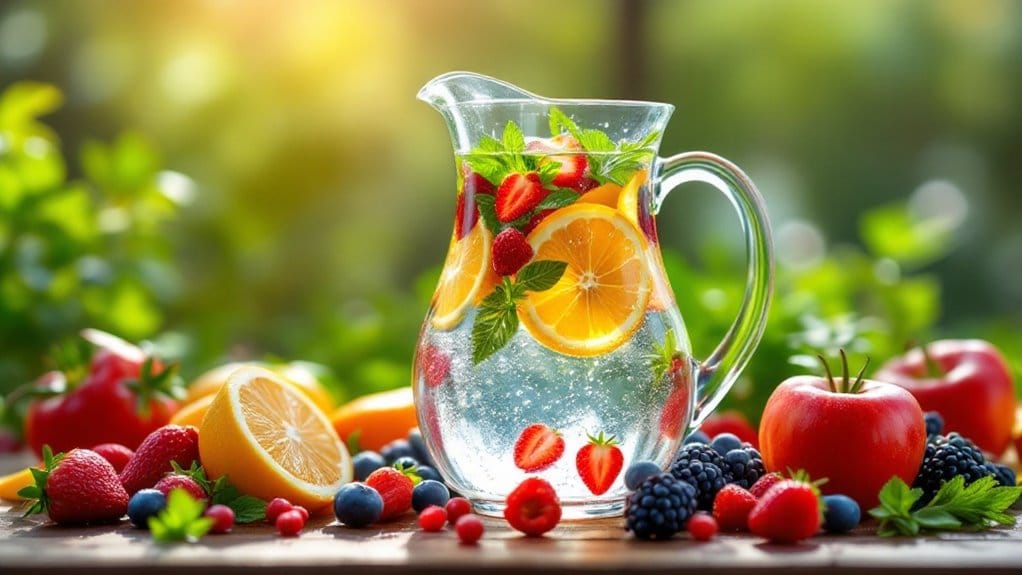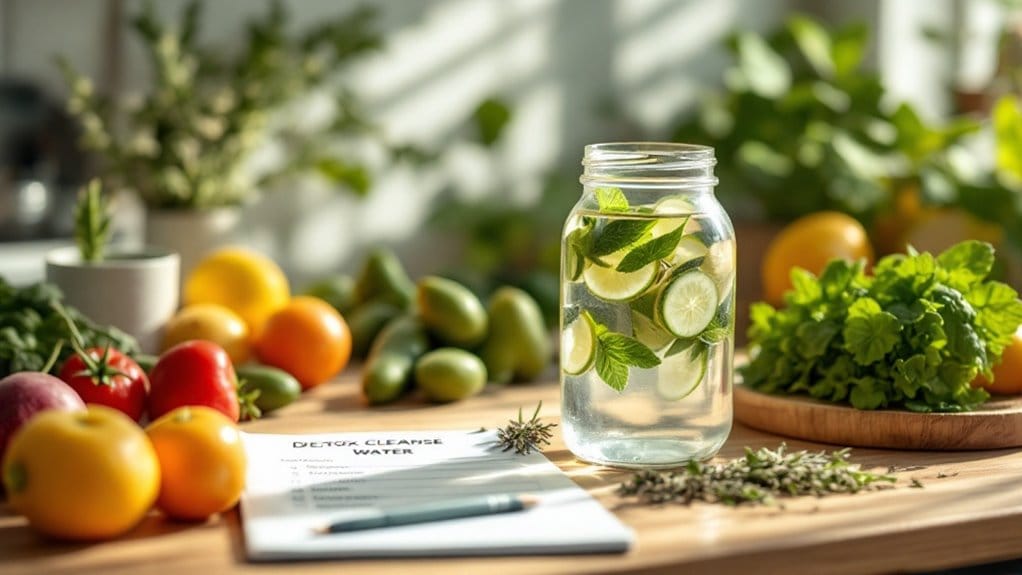The Best Parasite Cleanse: How to Choose and What to Expect
Choosing the best parasite cleanse can feel overwhelming, but it doesn't have to be! First, tune into your body—signs like digestive issues or unexplained fatigue might mean you need a cleanse. Consider options like herbal remedies or detox diets that suit your lifestyle. Look for key ingredients like wormwood and black walnut. As you prepare, keep hydration in mind, and expect some positive changes along the way. Curious about what to expect next? There's more to discover!
Key Takeaways
- Research different cleanse methods, including herbal remedies, detox diets, and supplement protocols, to find the best fit for your lifestyle and needs.
- Look for key ingredients like wormwood, black walnut, and cloves in products, ensuring they are free from fillers and synthetic additives.
- Prepare by making dietary adjustments, staying hydrated, and planning a schedule to commit to the cleanse effectively.
- Expect initial improvements in digestion and energy within the first week, with full benefits typically manifesting after two to four weeks.
- Post-cleanse care is crucial; focus on hydration, nutrient-rich foods, and probiotics to support gut health and overall well-being.
Understanding Parasites and Their Impact on Health
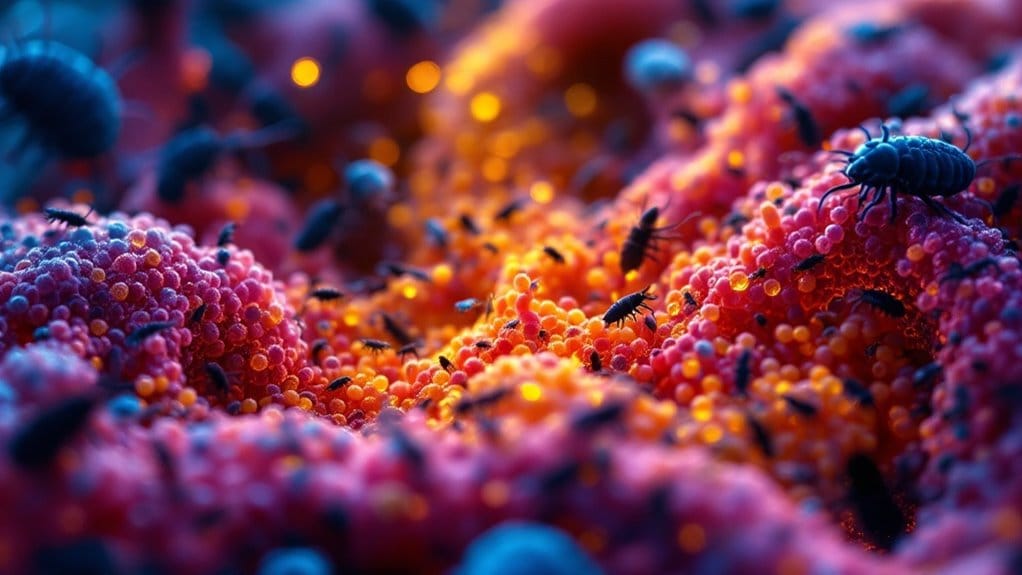
When you think of parasites, do you picture creepy crawlers lurking in the shadows? While that’s one way to see them, parasites are more than just a spooky notion. They've a complex lifecycle, often starting in one host and moving to another, which can lead to serious health consequences. You mightn't even realize you're hosting these unwelcome guests until symptoms arise.
These organisms can disrupt your body's natural balance, causing fatigue, digestive issues, and more. Many people remain unaware of their parasitic infections until symptoms arise, highlighting the importance of understanding how these critters operate to maintain your health.
Signs You May Need a Parasite Cleanse

Are you feeling more bloated than a balloon at a birthday party? If you’re experiencing digestive issues, unexplained fatigue, or even skin irritations, it might be time to contemplate a parasite cleanse. Let’s look at some signs that suggest your body could use a little help in getting back on track.
Digestive Issues and Discomfort
If you've ever felt like your stomach is hosting a wild party complete with cramping, bloating, and irregular bathroom trips, it might be time to take a closer look at what’s going on in your digestive system. These symptoms can signal that your gut isn’t happy, and it may be time for some dietary adjustments. Have you considered how certain foods affect you? Incorporating more fiber and reducing sugar can help.
Plus, don't underestimate the probiotic benefits! Probiotics can restore balance in your gut, making those uncomfortable digestive issues a thing of the past.
Unexplained Fatigue and Weakness
Feeling drained and sluggish lately? You might be experiencing chronic exhaustion, and it could be time to contemplate a parasite cleanse for energy restoration. Many people overlook this as a cause, but parasites can sap your liveliness. Here are four signs that suggest you might need a cleanse:
- Persistent fatigue that doesn't improve with rest.
- Difficulty concentrating or brain fog.
- Unexplained muscle weakness or soreness.
- Frequent mood swings or irritability.
If these symptoms resonate with you, it’s worth exploring a cleanse. Remember, restoring your energy isn’t just about sleeping more; it’s about addressing the underlying issues.
Skin Irritations and Allergies
Skin irritations and pesky allergies can be more than just an annoyance; they might signal an underlying issue, like a parasitic infection. If you’re dealing with unexplained rashes, itchy skin, or sudden allergic reactions, it’s worth considering your skin health. These symptoms may indicate that your body is fighting off something more sinister.
And let's face it, no one wants to be on a rollercoaster of allergy management. Could parasites be the culprits behind your skin woes? After all, they can disrupt your immune system and trigger those pesky reactions.
A parasite cleanse might just be what you need to restore balance. So, why not explore this option and see if it improves your skin and overall well-being?
Types of Parasite Cleanses Available

When it comes to tackling unwanted guests in your body, there are several types of parasite cleanses available, each with its own unique approach.
Exploring these options can help you find the right fit for your needs. Here are some popular types:
- Herbal Remedies: These often include natural ingredients like wormwood and black walnut, aiming to eliminate parasites gently.
- Detox Diets: By restricting certain foods, these diets focus on flushing out toxins and potentially harmful organisms.
- Supplement Protocols: These may involve a combination of vitamins and minerals designed to bolster your immune system while targeting parasites.
- Colon Cleanses: Often used alongside other methods, these aim to cleanse the intestines, providing a fresh start for your digestive system.
Key Ingredients to Look for in a Parasite Cleanse
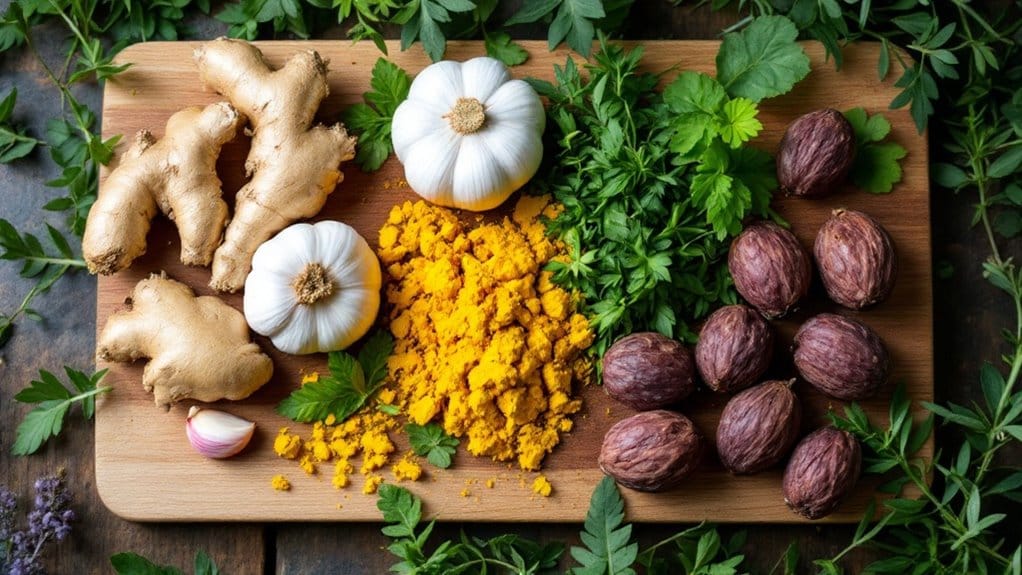
Choosing the right ingredients for a parasite cleanse can feel overwhelming, but it doesn’t have to be! You’ll want to look for natural remedies that have a proven track record. Key ingredients like wormwood, black walnut, and cloves are popular choices in herbal supplements. These ingredients work together to create an inhospitable environment for pesky parasites.
Have you heard of diatomaceous earth? It’s another fantastic option that helps eliminate unwanted guests. When browsing products, check for those that combine various herbal extracts, as they often enhance each other's effectiveness.
Don’t forget to read labels carefully! You want to avoid unnecessary fillers or synthetic additives. By focusing on these natural ingredients, you’re not just cleansing your system; you’re also supporting your overall health.
How to Choose the Right Parasite Cleanse for You
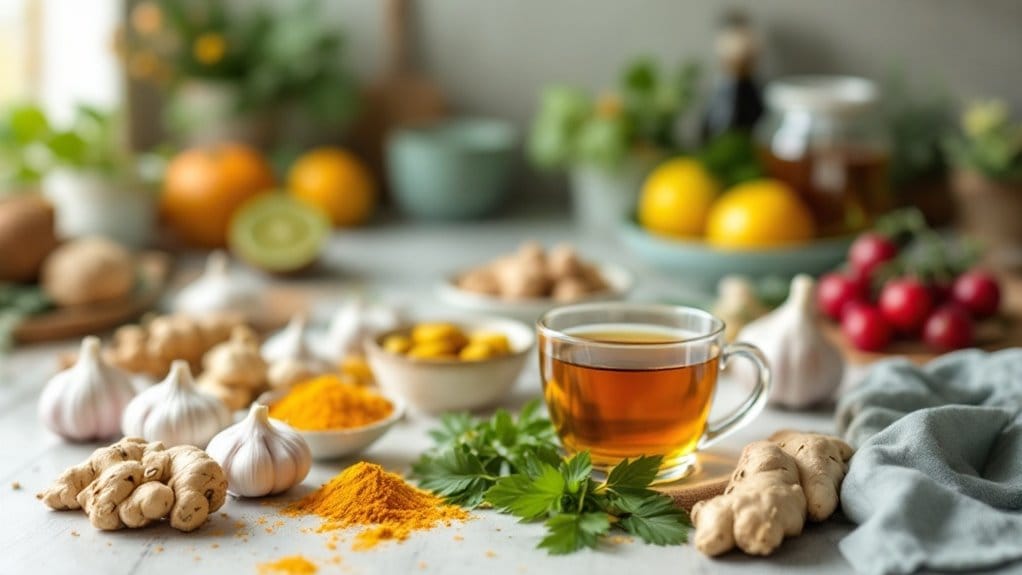
When you're looking to choose the right parasite cleanse, the first step is figuring out what symptoms you're experiencing and what your specific needs are. Have you been feeling sluggish or noticing unusual digestive issues? Once you identify those, researching the ingredients and their effectiveness can help you make an informed choice that suits your situation perfectly.
Identify Symptoms and Needs
Ever wondered if you might be dealing with a pesky parasite? Identifying your symptoms is essential for a proper symptom assessment.
Before choosing a parasite cleanse, consider these four key factors related to your health:
- Digestive Issues: Are you experiencing bloating, gas, or diarrhea?
- Fatigue: Do you often feel tired, even after a full night's sleep?
- Skin Problems: Have you noticed unusual rashes or itching?
- Unexplained Weight Changes: Are you losing or gaining weight without trying?
Research Ingredients and Efficacy
Before diving into the world of parasite cleanses, it’s essential to understand the ingredients and their effectiveness. Have you ever wondered where those ingredients come from? Ingredient sourcing plays a significant role in the quality of the cleanse.
Check if the product uses natural, high-quality ingredients, as these often yield better results. Next, look for efficacy studies. Have researchers tested the cleanse’s effectiveness? Reliable studies can give you confidence that the product works.
Also, consider your personal health needs—what works for one person mightn't be right for you. So, take your time researching, and don’t hesitate to ask questions. After all, you're investing in your health, and you deserve the best!
Preparing for a Parasite Cleanse

Preparing for a parasite cleanse can feel a bit intimidating, but don’t worry—you’re not alone in this journey! With some pre-cleanse preparation and dietary adjustments, you can set yourself up for success. Here’s how to get started:
- Research your options: Understand the different cleanse methods and choose one that fits your lifestyle.
- Adjust your diet: Incorporate more whole foods like fruits, vegetables, and lean proteins while cutting back on sugars and processed foods.
- Stay hydrated: Drink plenty of water to help flush out toxins and support your body.
- Plan your schedule: Set aside time for your cleanse, ensuring you won't be overwhelmed with other commitments.
Taking these steps will ease you into your cleanse, making it a more manageable experience.
What to Expect During a Parasite Cleanse

As you begin your parasite cleanse journey, you might wonder what exactly to expect along the way.
First off, it’s important to dispel some common misconceptions. Many think you’ll feel sick or experience extreme discomfort, but that’s not always the case. Your cleanse duration can vary, typically lasting from a few days to a couple of weeks, depending on the method you choose. During this time, you may notice changes in digestion, energy levels, or even skin clarity.
Some people report feeling lighter or more focused, while others might experience mild detox symptoms like headaches or fatigue. Remember, everyone's body reacts differently! It’s essential to stay hydrated and listen to your body. Are you ready for this adventure? Embrace the process, knowing it’s about finding balance and improving your well-being.
You’ve got this!
Post-Cleanse Care and Maintenance

Completing your parasite cleanse is a significant achievement, and now it’s time to focus on what comes next.
Post-cleanse care is vital for maintaining your health and ensuring long-term results. You’ll want to establish a post-cleanse diet that supports your body as it recovers. Here are a few tips to help you along the way:
- Hydrate: Drinking plenty of water helps flush out toxins and supports digestion.
- Nutrient-Rich Foods: Incorporate fruits, vegetables, and whole grains to nourish your body.
- Probiotics: Adding fermented foods can restore your gut’s healthy bacteria.
- Regular Check-Ins: Monitor your health and symptoms to catch any potential issues early.
Long-term maintenance is essential for keeping your system balanced.
Realistic Results and Timeline for a Parasite Cleanse

When you commence a parasite cleanse, it’s natural to wonder what results you can realistically expect and how long the process will take. Typically, people notice some changes within the first week, like improved digestion or increased energy. However, full benefits often manifest after a complete cleanse duration of two to four weeks.
It's essential to maintain realistic expectations; not everyone will experience dramatic shifts right away. Some may feel relief from symptoms, while others might need a little longer to see results.
Remember, everyone's body is different, and your response can vary. You might ask yourself, “Am I doing this right?” Just stick with it, follow the guidelines, and trust the process. Keep in mind that patience is key—good things often take time! So, hang in there and embrace the journey toward better health.
Frequently Asked Questions
Can Pets Transmit Parasites to Humans During a Cleanse?
Yes, pets can transmit parasites to humans, especially during a cleanse. That’s why maintaining good pet hygiene is essential! Regularly grooming and bathing your pets can help keep those pesky parasites at bay. Have you considered how often you clean their living spaces?
By practicing proper parasite prevention, you not only protect yourself but also guarantee your furry friends stay healthy.
Are There Any Age Restrictions for Parasite Cleanses?
When it comes to age considerations for parasite cleanses, it’s essential to think about youth safety. Generally, younger kids and infants should avoid these cleanses due to their developing systems. Have you considered how their bodies might react?
For teens, consulting a healthcare professional is wise. Remember, not all cleanses are created equal, and what works for adults mightn't be suitable for younger ones. Always prioritize health and safety for everyone involved!
How Often Should I Do a Parasite Cleanse?
How often should you do a parasite cleanse? It depends on your health and goals. Frequency recommendations typically suggest cleansing every six months to a year. As for cleanse duration, most last between two to four weeks.
You might wonder if that’s too much time, but it gives your body a chance to reset. Always listen to your body and consult a healthcare professional for tailored advice. Your health deserves it!
Can I Take Medications While Undergoing a Parasite Cleanse?
You might be wondering if you can take medications while doing a parasite cleanse. Well, it depends! Some medications can interact with your cleanse, affecting its effectiveness.
It's vital to consult with a healthcare professional to guarantee you’re safe and to avoid any surprises. After all, you want the best results, right? So, don’t hesitate to ask questions and get clarity about your medications during this process.
Your health deserves it!
Are There Specific Dietary Restrictions During a Parasite Cleanse?
During a parasite cleanse, you’ll want to follow specific dietary guidelines to maximize effectiveness. Think fresh fruits, veggies, and whole grains—sounds delicious, right? Avoid processed foods and sugar, as they can feed those unwanted guests!
You can find plenty of tasty cleanse recipes online to keep your meals exciting. Isn’t it nice to know that eating well can support your health?
Conclusion
In the end, choosing the right parasite cleanse can be a game-changer for your health. It’s about feeling lighter, brighter, and ready to tackle life with renewed energy. As you prepare for this journey, remember to listen to your body, trust the process, and stay committed. You’re not just cleansing; you’re investing in your well-being. So, are you ready to kick those pesky parasites to the curb and embrace a healthier you? Let’s get started!





